Little-known facts about The Beatles’ most famous albums
The Beatles are more than just a band; they’re a cultural phenomenon that reshaped music and society. With each album, they pushed boundaries and explored new musical landscapes.
From innovative recording techniques to hidden lyrical meanings, their albums are rich with stories that have fascinated fans for decades. In this article, we will dive into some of the lesser-known facts and intriguing tales behind these iconic albums, revealing the creative genius that fueled The Beatles’ legendary legacy.
The Unexpected Influence Behind “Please Please Me”
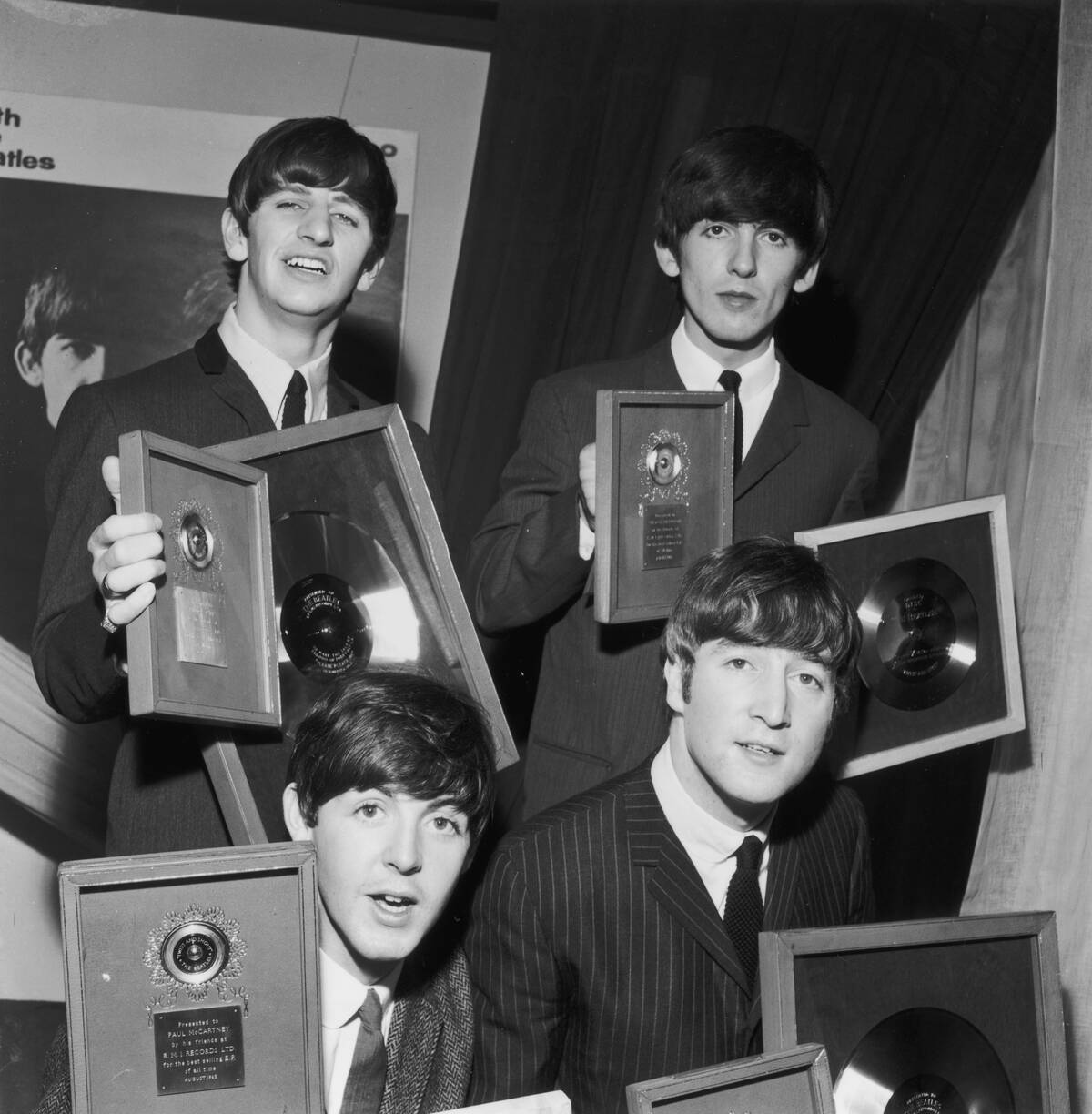
The Beatles’ debut album, Please Please Me, was heavily influenced by the American music scene, particularly the rock and roll and rhythm and blues genres. John Lennon and Paul McCartney drew inspiration from artists like Buddy Holly and Chuck Berry, infusing their energetic style into the album.
Interestingly, the title track was originally intended to be a slow ballad, but producer George Martin suggested speeding up the tempo, helping it become the chart-topping hit we know today.
Recording “With The Beatles” in a Single Day

While it’s common for bands to spend weeks or even months in the studio, The Beatles recorded about a third of With The Beatles in a single day. On July 30, 1963, they laid down five out of what would turn out to be the album’s 14 tracks in an intense session at Abbey Road Studios.
Their live performance experience allowed them to record efficiently, capturing the raw energy that defined their early sound. This whirlwind recording process resulted in an album that perfectly captured the excitement of Beatlemania.
The Secret Collaborations on “A Hard Day’s Night”
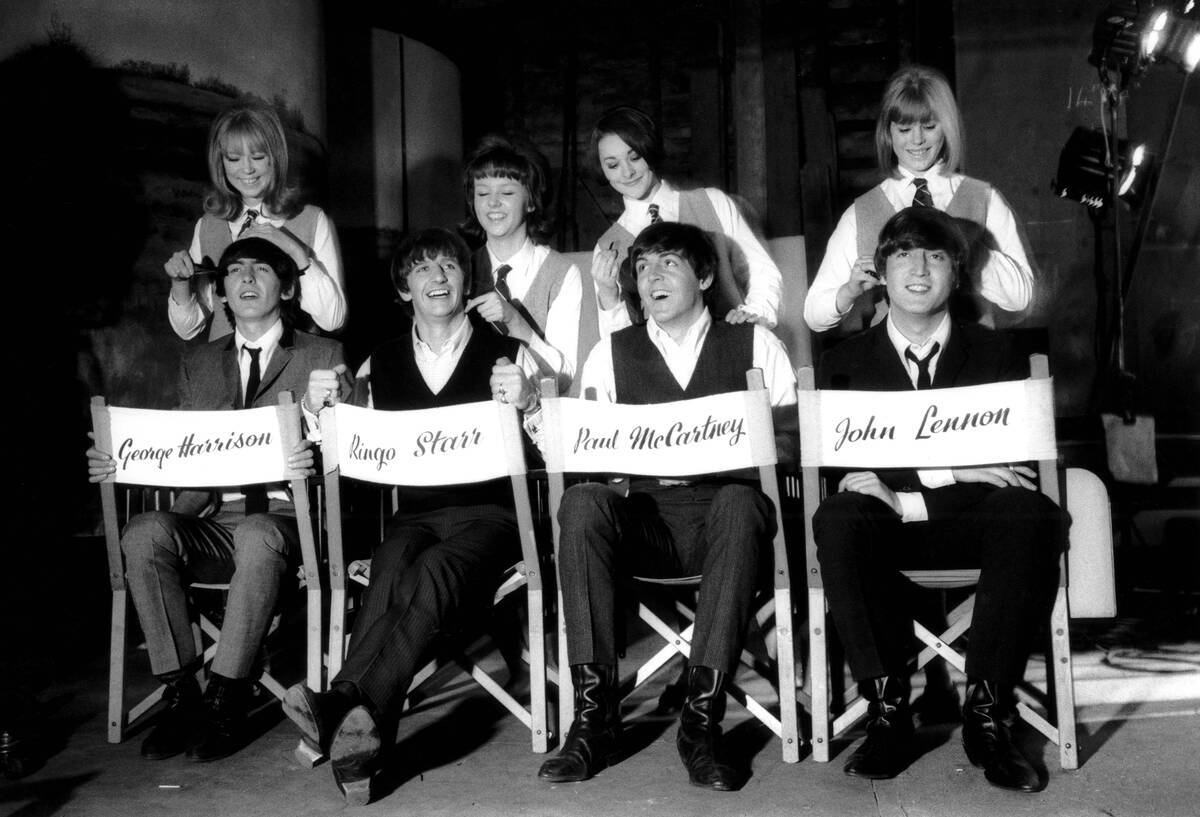
A Hard Day’s Night marked a pivotal moment for The Beatles, showcasing their songwriting prowess with all original compositions. This also marked the first Beatles album written entirely by Lennon and McCartney, as they would later seek input from George Harrison, who contributed his unique guitar riffs and harmonies.
Additionally, the accompanying film’s soundtrack featured orchestral arrangements by George Martin, whose classical training added a sophisticated touch to the music, elevating it beyond standard pop fare.
The Unique Album Cover of “Beatles for Sale”
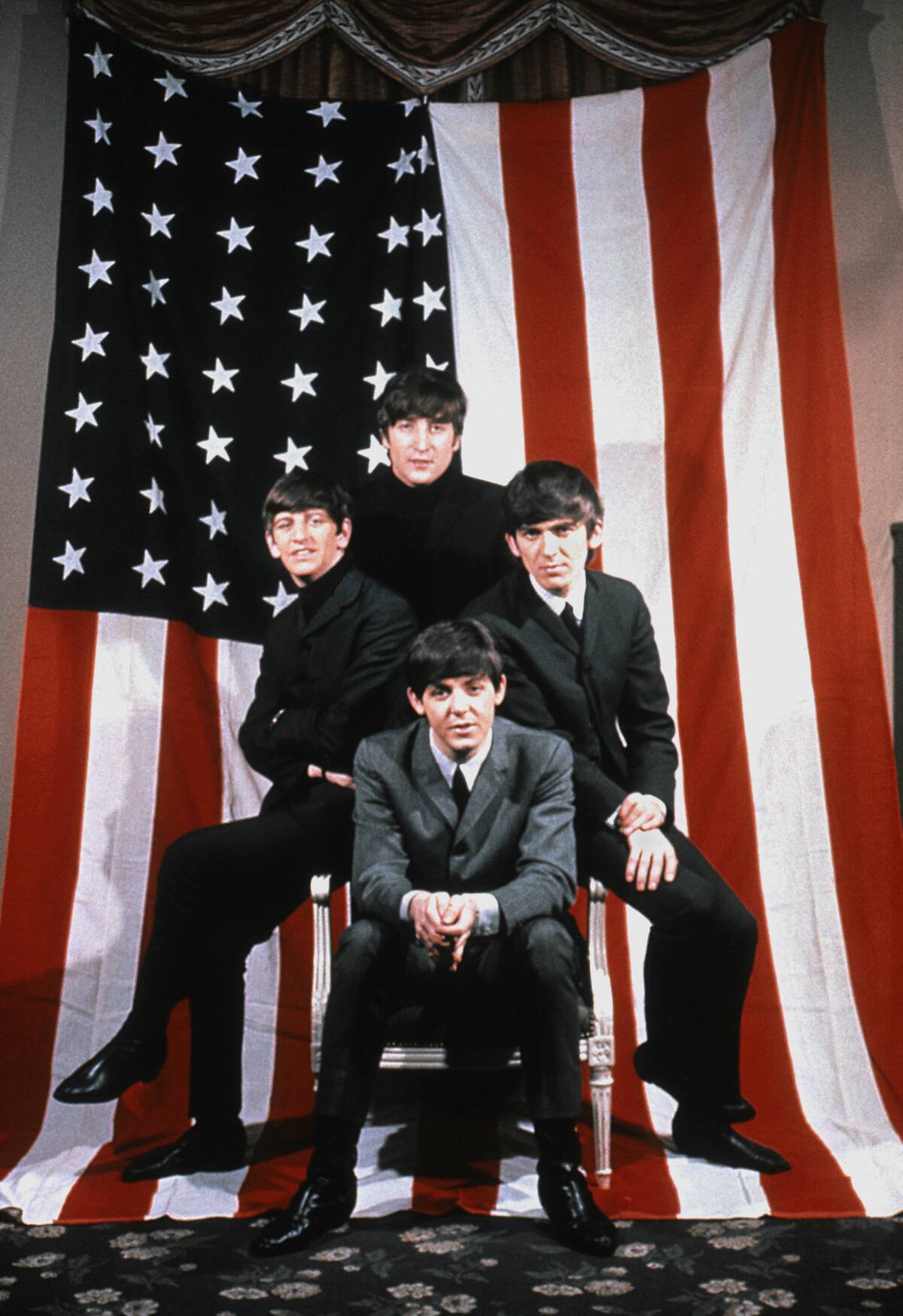
The cover of Beatles for Sale is a departure from the polished images of their earlier albums, reflecting the band’s grueling schedule and growing weariness. Photographed by Robert Freeman, the cover captures The Beatles in an autumnal park, with somber expressions that hint at their fatigue.
This raw, candid image was a stark contrast to the cheerful personas they often portrayed, offering fans a glimpse into the pressures of fame and the toll it took on them.
The Misunderstood Masterpiece That is “Help!”

While Help! is often seen as a soundtrack to the film of the same name, it also marked a creative turning point for The Beatles. The album features introspective lyrics that reveal John Lennon’s growing discontent with fame, as seen in the title track.
The band also experimented with new sounds, incorporating folk rock elements inspired by Bob Dylan. Despite its commercial success, Help! is sometimes overlooked in favor of later albums, yet it remains a critical piece of their musical evolution.
The Accidental Artwork of “Rubber Soul”

The distinctive cover of Rubber Soul was a happy accident, resulting from a slide projector malfunction during a photo session. Photographer Robert Freeman loved the distorted image, and George Harrison agreed it suited the album’s experimental nature.
Rubber Soul marked a departure from their earlier pop sound, featuring more sophisticated lyrics and innovative studio techniques. The album’s cover perfectly encapsulates its transformation, symbolizing their shift towards a more mature and introspective musical style.
“Revolver”: The Album That Revolutionized Studio Techniques
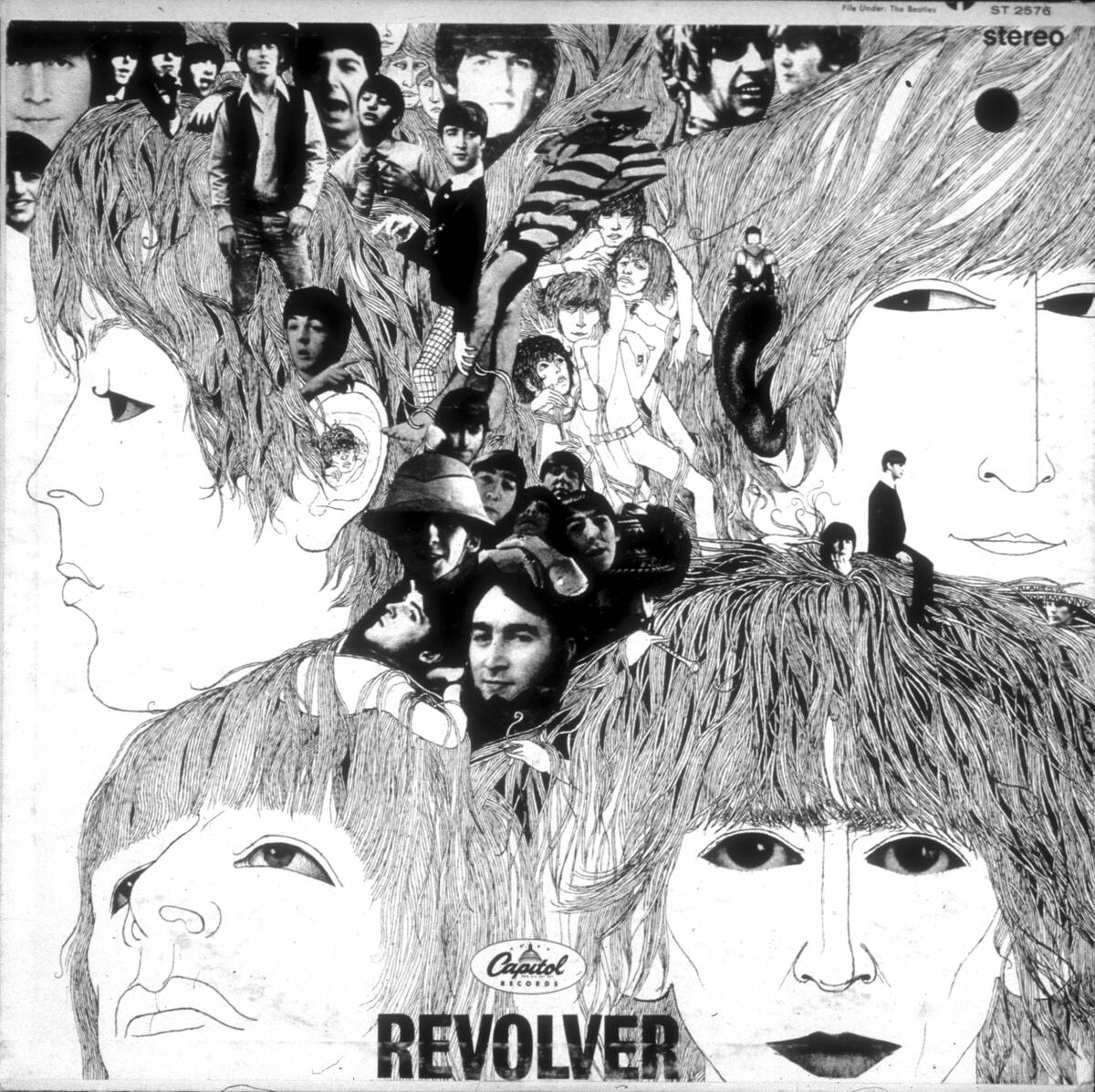
Revolver is often hailed as a groundbreaking album that redefined what was possible in the studio. The Beatles embraced innovative techniques like tape loops, backward recordings, and overdubbing, pushing the boundaries of traditional recording.
Songs like “Tomorrow Never Knows” showcased their experimental spirit, blending Eastern influences with psychedelic sounds. This album marked a significant step forward in music production, influencing countless artists and setting a new standard for creativity in the studio.
The Political Undertones in “Sgt. Pepper’s Lonely Hearts Club Band”

While Sgt. Pepper’s Lonely Hearts Club Band is celebrated for its musical innovation, it also contains subtle political messages. The album’s eclectic mix of characters on the cover symbolizes unity, diversity and the flattening of high and low culture, reflecting the social changes of the 1960s.
Songs like “She’s Leaving Home” and “A Day in the Life” tackle themes of generational conflict and social issues. The Beatles used their platform to comment on the world around them, weaving thought-provoking messages into their groundbreaking music.
The Unseen Connection Between “Magical Mystery Tour” and Psychedelia
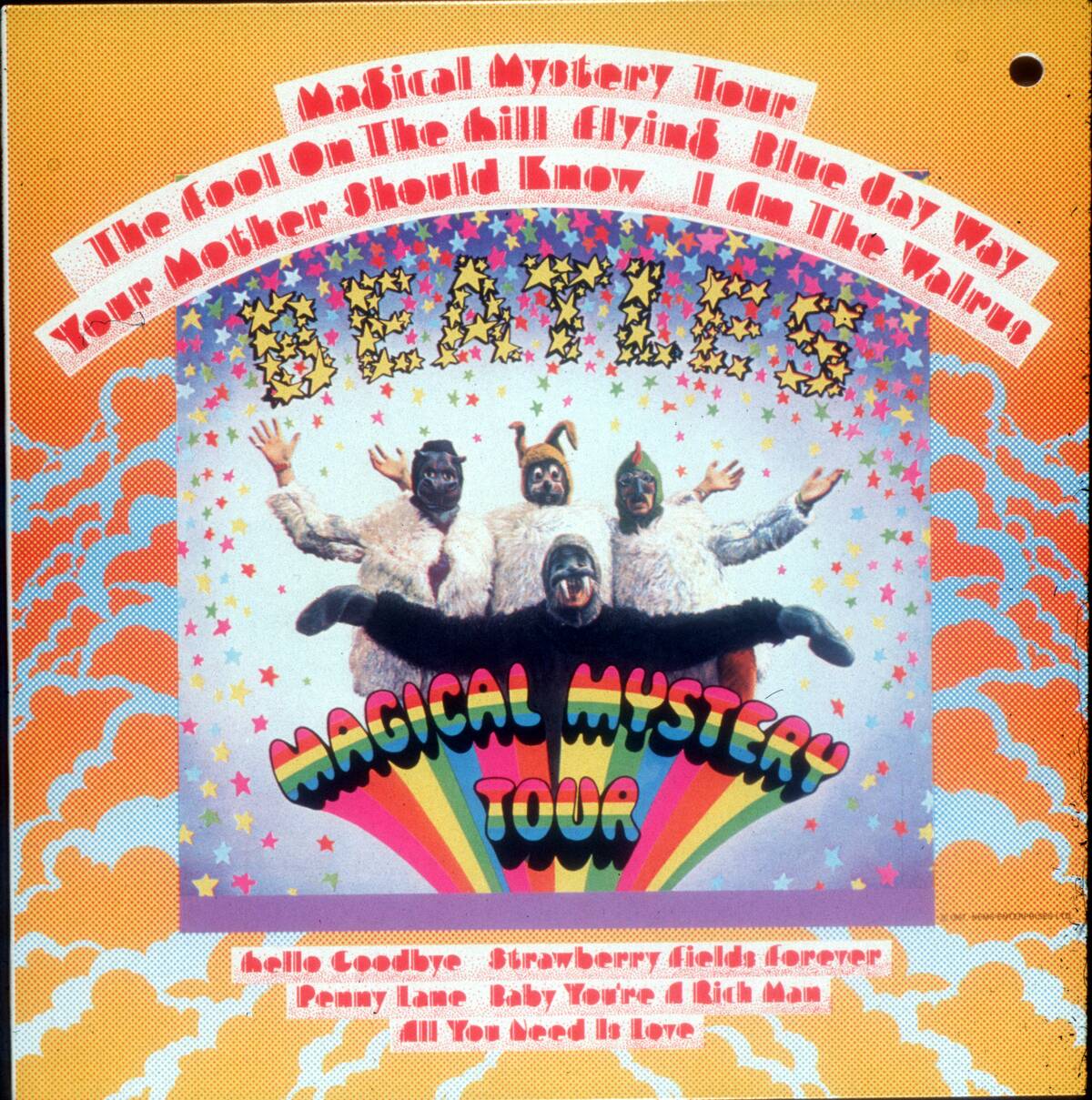
Magical Mystery Tour is often associated with the psychedelic movement, with its vivid imagery and experimental sounds. The album features tracks like “I Am the Walrus” and “Strawberry Fields Forever,” which exemplify The Beatles’ exploration of surrealism and altered states of consciousness.
Inspired by their experiences with LSD, the band sought to capture the essence of a journey into the unknown. This connection to psychedelia is a defining feature of the album, showcasing their willingness to push artistic boundaries.
The Mysterious “White Album” and Its Many Myths

The self-titled White Album is shrouded in mystery and intrigue, partly due to its minimalist cover and diverse musical styles. Stories of tension within the band and the infamous “Paul is dead” fringe theory have fueled its enigmatic reputation.
Despite internal conflicts, the album features standout tracks like “While My Guitar Gently Weeps” and “Blackbird,” showcasing each member’s individual talents. The White Album remains a fascinating study of The Beatles’ creative process and the myths that surround them.
The Hidden Meanings in “Yellow Submarine” Lyrics

Though “Yellow Submarine” is often perceived as a whimsical children’s song, it contains deeper layers and hidden meanings. The lyrics, penned by John Lennon and Paul McCartney, have been interpreted as a commentary on escapism and the desire for a peaceful world.
The colorful imagery and sing-along quality mask a more profound message about seeking refuge from the chaos of the world. This duality makes “Yellow Submarine” a classic example of The Beatles’ ability to blend playful music with thought-provoking themes.
The Controversial Recording Process of “Abbey Road”

Abbey Road is renowned for its polished production and iconic tracks, but its recording process was fraught with tension. The Beatles were on the verge of disbanding, and disagreements over creative direction led to heated arguments. Still, there was more camaraderie in the studio than during The White Album or Let It Be sessions.
Despite these challenges, the band managed to produce an album that is often considered their magnum opus. The seamless medley on the B-side and George Harrison’s “Here Comes the Sun” are testaments to their enduring talent and determination to create something extraordinary.
The Unfinished Symphonies of “Let It Be”
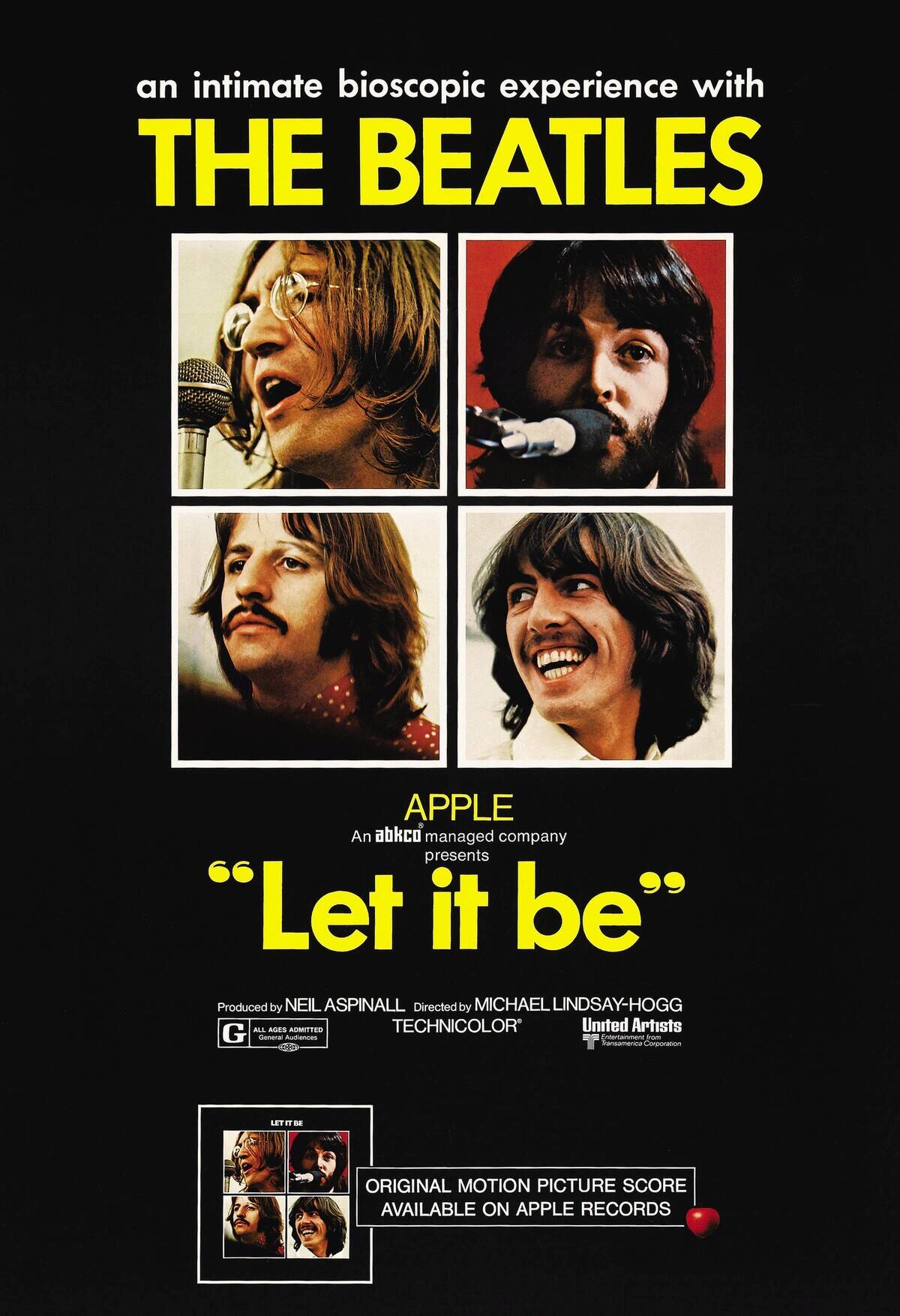
Let It Be was intended to be a back-to-basics project, but it became one of The Beatles’ most tumultuous endeavors. The recording sessions were marred by conflicts, and the album was shelved for a time before being resurrected by producer Phil Spector.
His controversial ‘Wall of Sound’ approach was applied to tracks like “The Long and Winding Road,” leading to mixed reactions from the band. Let It Be remains a poignant reminder of the group’s struggles and their ability to create timeless music despite adversity.
The Iconic Rooftop Performance That Almost Didn’t Happen

The Beatles’ final live performance took place on the rooftop of Apple Corps on January 30, 1969. This impromptu concert was almost canceled due to concerns about noise complaints and weather conditions.
Despite these obstacles, The Beatles delivered a legendary performance that captivated onlookers and passersby. The rooftop concert, featuring tracks like “Get Back” and “Don’t Let Me Down,” became a historic moment in music history, symbolizing both an end and a new beginning for the band.




